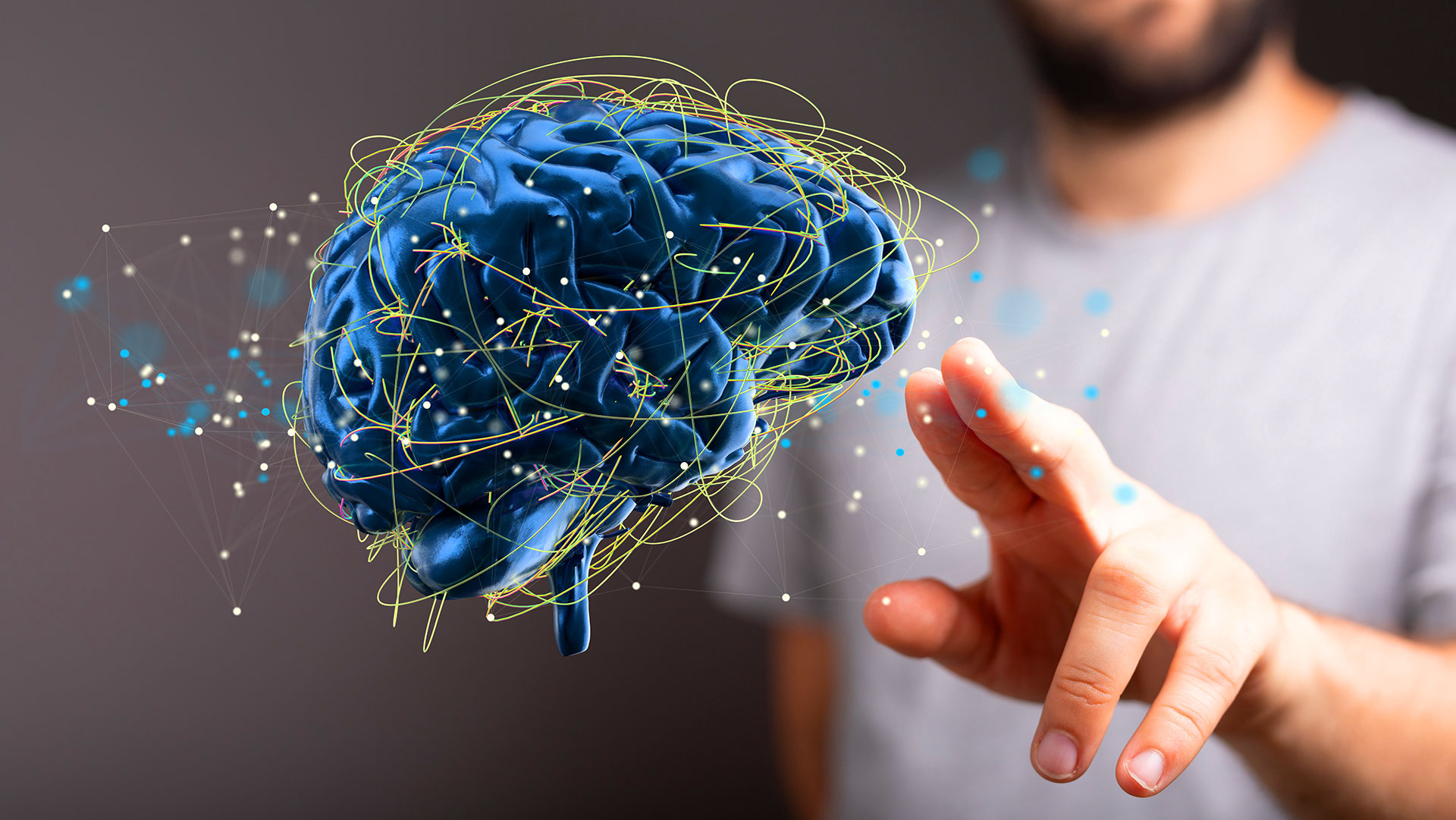ADHD has always been complex, a mix of energy, distraction, and restlessness woven through a mind that never quite sits still. For many, medication helps quiet the noise. But for others, the response is incomplete, or the side effects overshadow the benefits. This is where a new possibility begins to take shape: Transcranial Magnetic Stimulation, …
ADHD has always been complex, a mix of energy, distraction, and restlessness woven through a mind that never quite sits still. For many, medication helps quiet the noise. But for others, the response is incomplete, or the side effects overshadow the benefits. This is where a new possibility begins to take shape: Transcranial Magnetic Stimulation, or simply, TMS.
Seeing ADHD for What It Really Is
Attention Deficit/Hyperactivity Disorder is more than difficulty focusing. It’s a condition that can tangle motivation, emotions, and memory all at once. For some, it feels like trying to tune into ten radio stations at once.
Traditional treatments, mainly stimulant medications, have long been the front line. They work well for many, sharpening attention and smoothing impulsivity. Yet, up to a third of patients still struggle, unable to find balance through medication alone.
The search for something different, something gentler yet effective, continues.
The Science Behind the Pulse?
TMS doesn’t rely on chemicals. It uses magnetic fields to gently stimulate areas of the brain involved in focus, mood, and executive function. Imagine it as a rhythmic, invisible tap on the brain’s control center, encouraging neurons to fire in sync again.
Originally approved by the FDA to treat depression, TMS has expanded into new territories.
Recent studies now explore how it might reshape treatment for ADHD, especially in adolescents and adults who haven’t found relief elsewhere.
What the Research Is Saying
While still an emerging therapy, the findings so far are striking.
- Symptom Improvement: Controlled trials have shown measurable improvement in attention and impulse regulation for patients receiving TMS compared to placebo.
- Safety and Tolerance: The side effects are minimal, typically mild headaches or scalp discomfort, and fade quickly. Serious complications remain rare.
- Room to Grow: Scientists emphasize the need for more large-scale studies, but the consistency of positive outcomes is difficult to ignore.
These early results suggest that TMS could one day stand beside, or even replace, conventional ADHD medications for certain patients.
Rethinking How We Treat the Mind
TMS isn’t about replacing one therapy with another; it’s about expanding the toolkit. It speaks to a growing shift in mental health care: finding non-invasive, evidence-based methods that work with the brain’s own rhythms rather than against them.
For adolescents who can’t tolerate stimulants or adults who’ve hit a wall with traditional medication, this could mean new hope and renewed clarity.
Moving Forward with CorAeon
At CorAeon, we approach ADHD through Functional Psychiatry, combining TMS therapy, IV nutrient support, and personalized wellness plans. This non-invasive treatment reawakens brain pathways tied to focus and mood, offering a natural way to restore clarity, calm, and attention without relying solely on medication.
Sometimes, the most powerful breakthroughs begin not with silence, but with a gentle pulse.








